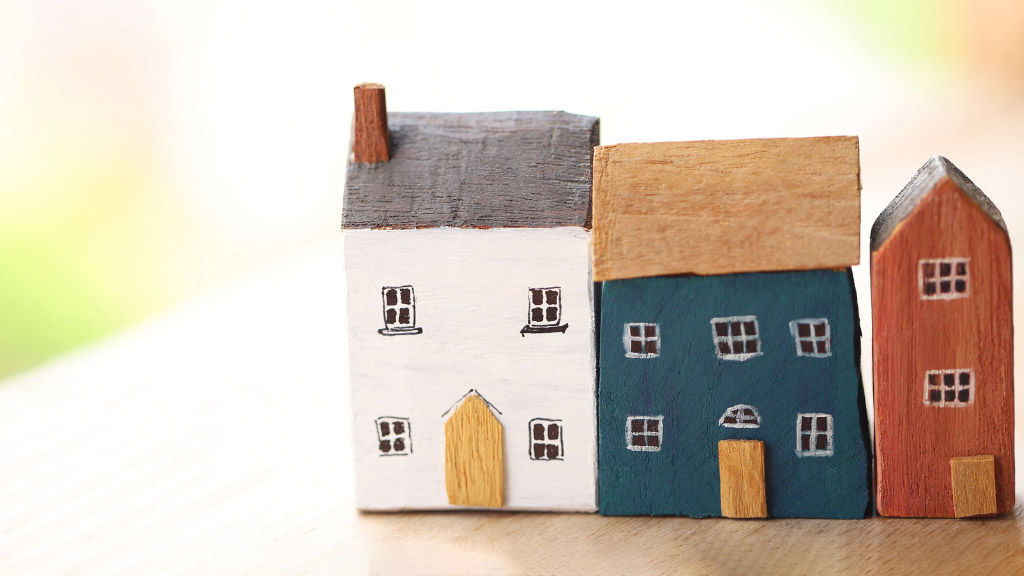Making SA homes more climate resilient

South Australians are a pretty resilient bunch. We’re used to the highs and lows of life in a state where one day can bring sunshine and sea breezes, and the next can throw up scorching heat, a sudden storm or even a bushfire warning. But as the climate continues to shift and extreme weather becomes more common, more of us are starting to wonder - is my home really ready for the future?
The idea of future-proofing your home might sound a bit overwhelming at first. You might picture major renovations or expensive tech upgrades. But in reality, building a climate-resilient home is often about a series of small, smart changes that can make a big difference over time – and many of them will make your home more comfortable and cost-effective right now.
Keeping cool in a changing climate
Let’s start with something most of us are familiar with - the South Australian summer. It might be cold outside right now, but when those long hot days roll in, staying cool becomes a top priority. Homes that are well insulated tend to hold their temperature down much better, which means you won’t need to run the air conditioner as hard or as often. Pair that with thoughtful shading from verandas, pergolas or even some strategically planted trees and suddenly you’ve got a home that’s far more comfortable when the mercury climbs. Even upgrading your windows - whether by adding heavy curtains or installing double glazing - can help keep the heat out and the cool air in.
Using water wisely
Water is another big issue across our state, especially in regional areas where rainfall is low and every drop counts. Future-proofing your home means thinking carefully about how you use and save water. Installing a rainwater tank, using drought-tolerant native plants in the garden and even setting up a simple system to re-use grey water from your laundry can all add up to big savings and a more sustainable lifestyle. These are simple steps that can help your home thrive through long dry spells - and help the environment at the same time.
Being bushfire ready
If you live in or near bushland, the risks of bushfire are never far from mind. Making your home more resilient to fire doesn’t mean turning it into a fortress, but it does mean thinking ahead. Sealing gaps around your roof and walls helps prevent embers from finding their way inside. Building or renovating with non-combustible materials - like metal roofing or fire-resistant cladding - can add an extra layer of protection. Keeping gutters clean, vegetation trimmed and firewood well away from the house can make all the difference when fire season arrives.
Preparing for sudden storms
Of course, it’s not just heat and fire we have to deal with. South Australia also sees its fair share of wild storms and heavy rain, and they often arrive with little warning. Keeping your roof in good condition, making sure gutters and downpipes are clear, and checking that water drains away from the house - rather than pooling near the foundations - are all part of being storm-smart. If you’ve already invested in solar panels, it’s worth thinking about adding battery storage, so you can stay powered up even if the grid goes down during a blackout.
Building for the long haul
If you’re planning a renovation or building a new home, this is the perfect time to take a longer view. Think about how your home can work with the climate, not against it. Designs that make the most of winter sun and summer shade can keep your home naturally comfortable all year round. For example, planting deciduous trees on the northern side will allow winter sun to penetrate your home when it’s needed most. Choosing local materials that can handle our weather extremes means fewer repairs and a longer-lasting build. Leaving room for future additions - like solar batteries, electric vehicle chargers or even a green roof - can make it easier to adapt as your needs change.
Resilience starts at home
Ultimately, future-proofing your home is about more than just protecting it from the weather. It’s about peace of mind. It’s about knowing your home can keep you safe and comfortable, no matter what the future holds. It’s also about doing your bit to reduce your environmental footprint, while saving money along the way.
So next time you’re out in the backyard, looking at the roof or planning that next home project, take a moment to ask yourself - is my home ready for what’s coming? Because building a more resilient South Australia starts right at home.
More great tips and information at www.buildinginspectors.org.au








